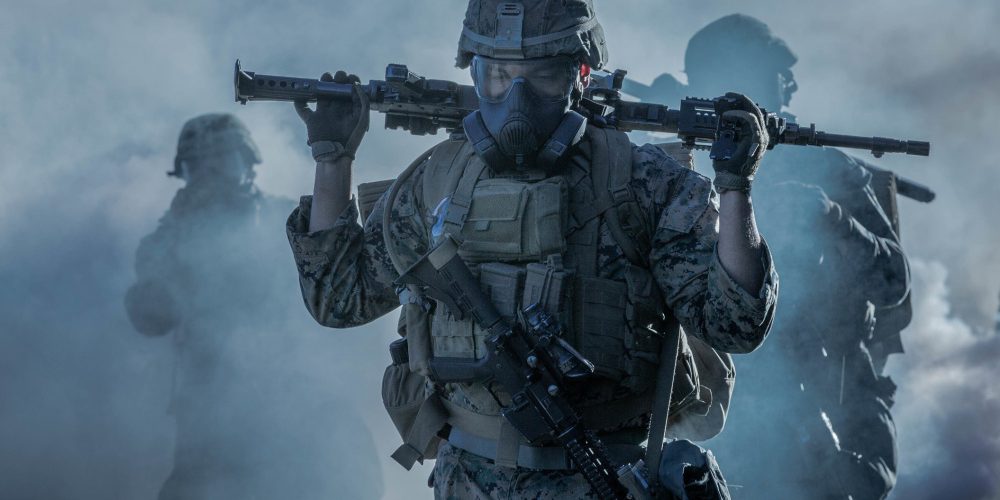The ability to make informed, fast decisions on the battlefield is critical for warfighters’ maneuverability, operations, and survivability. The U.S. Department of Defense (DoD) has been making strides to harness the power of digital transformation and data to build and improve communication networks and create decision-support tools that provide commanders with information at their fingertips. This ensures that the information available to them is operationally relevant by covering all potential blind spots. The key to preventing blind spots is through seamlessly incorporating various systems into one operating picture. Systems and capabilities communicating with each other and working together to provide situational understanding will get actionable information to the joint force faster.
The Joint Program Executive Office for Chemical, Biological, Radiological, and Nuclear Defense (JPEO-CBRND) is ensuring that CBRN capabilities and hazards are integrated into existing user systems across the services through its CBRN Support to Command and Control (CSC2) program. This will allow a common operating picture that includes both CBRN and non-CBRN enabling data and provides commanders the ability to integrate CBRN expertise and knowledge into all echelons to make informed decisions, regardless of whether there’s a CBRN subject matter expert within their ranks.


